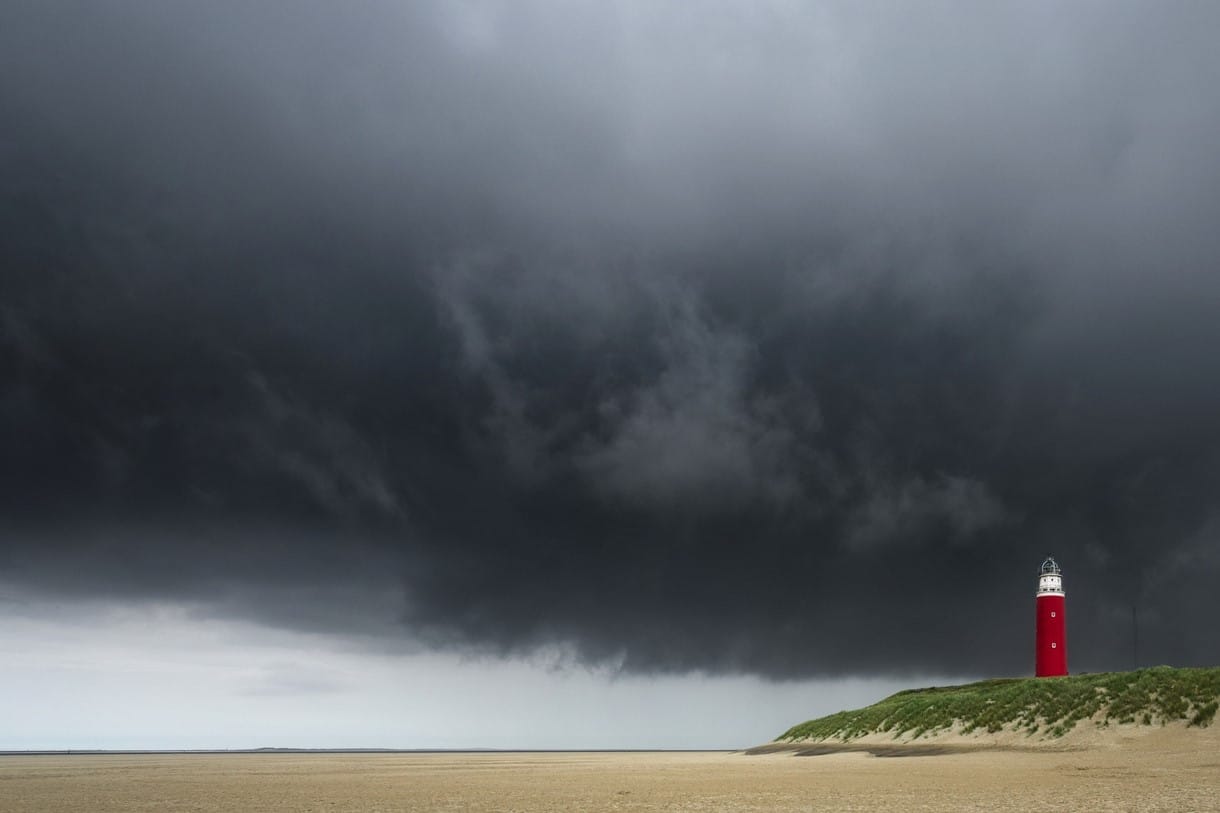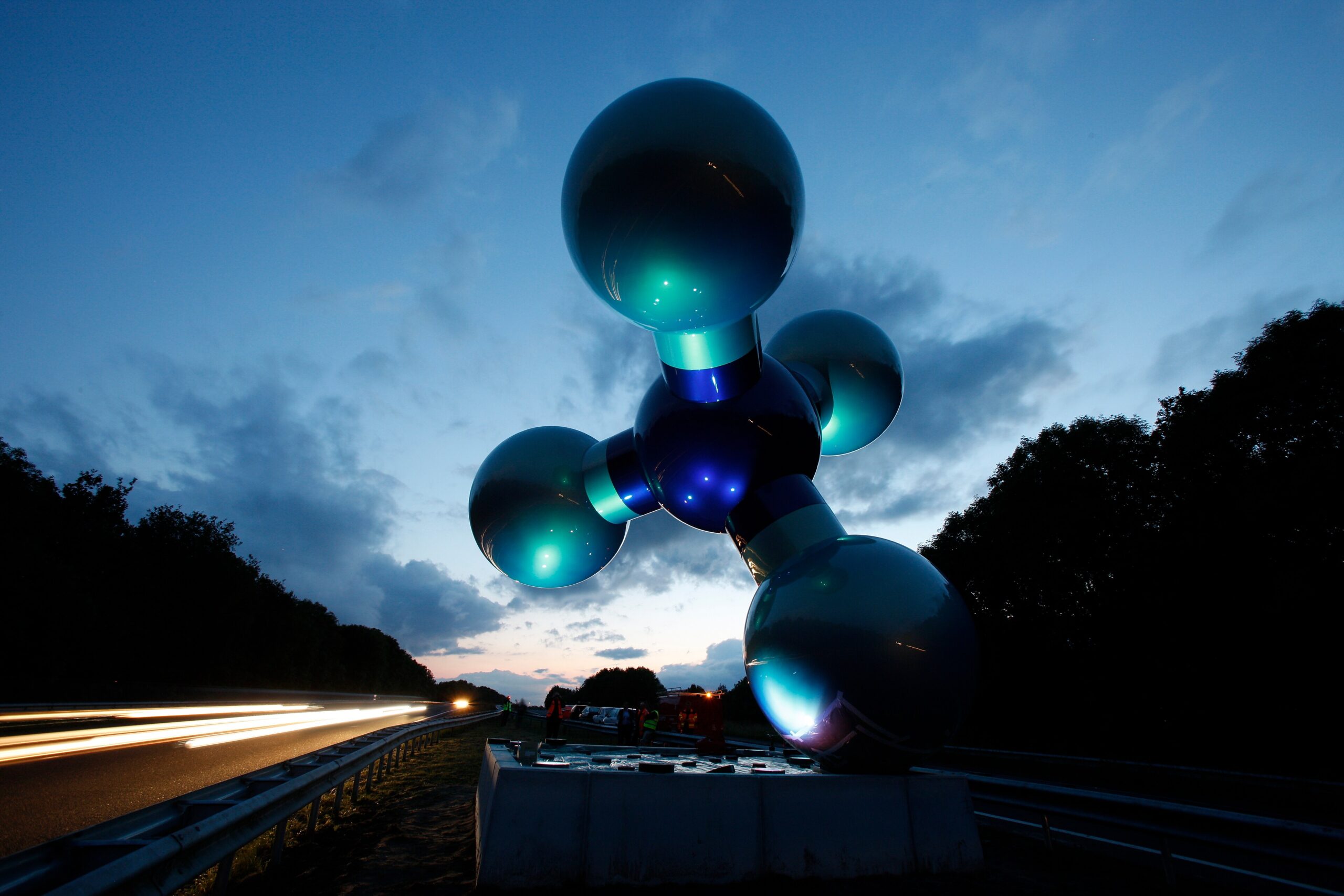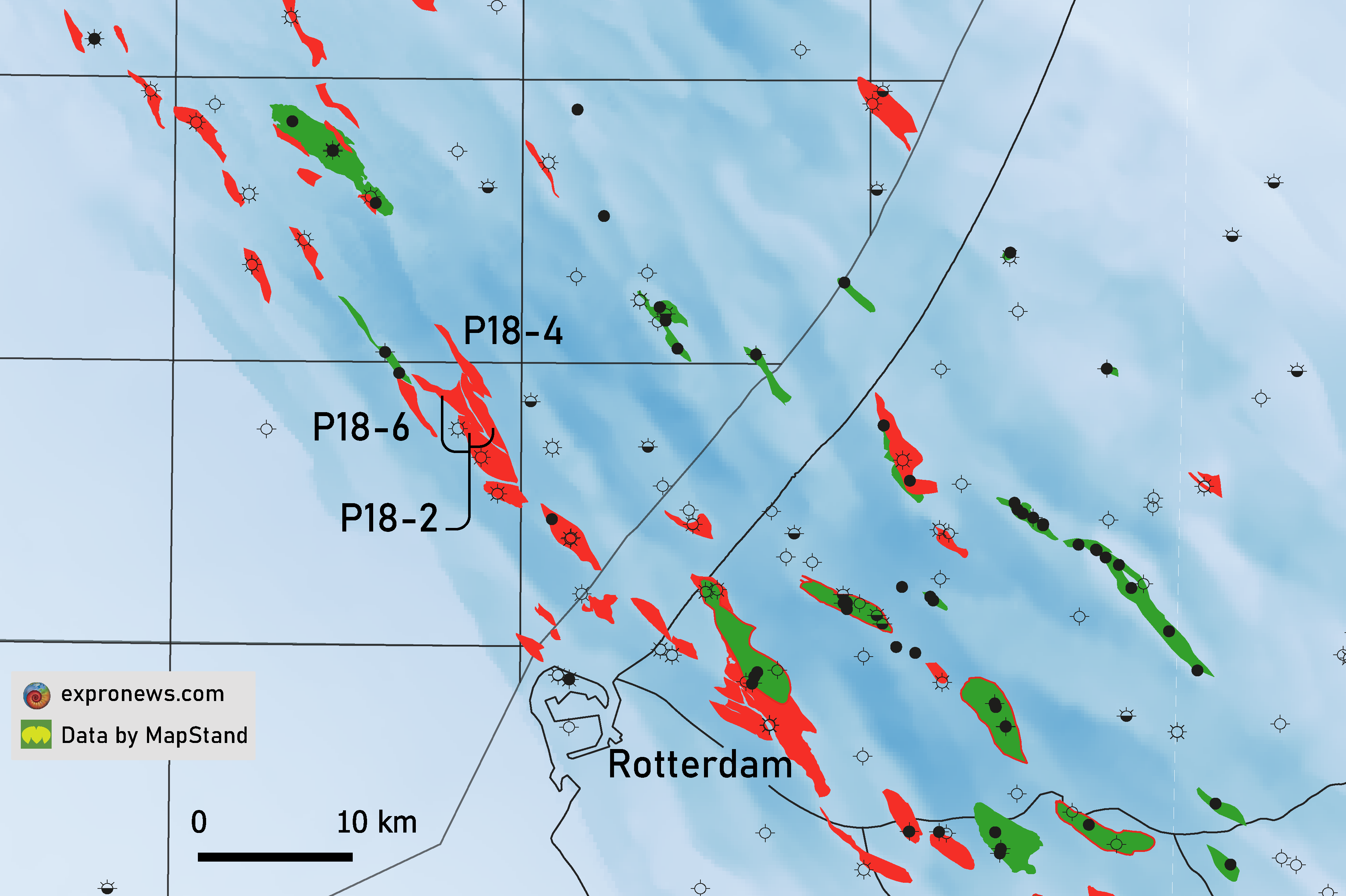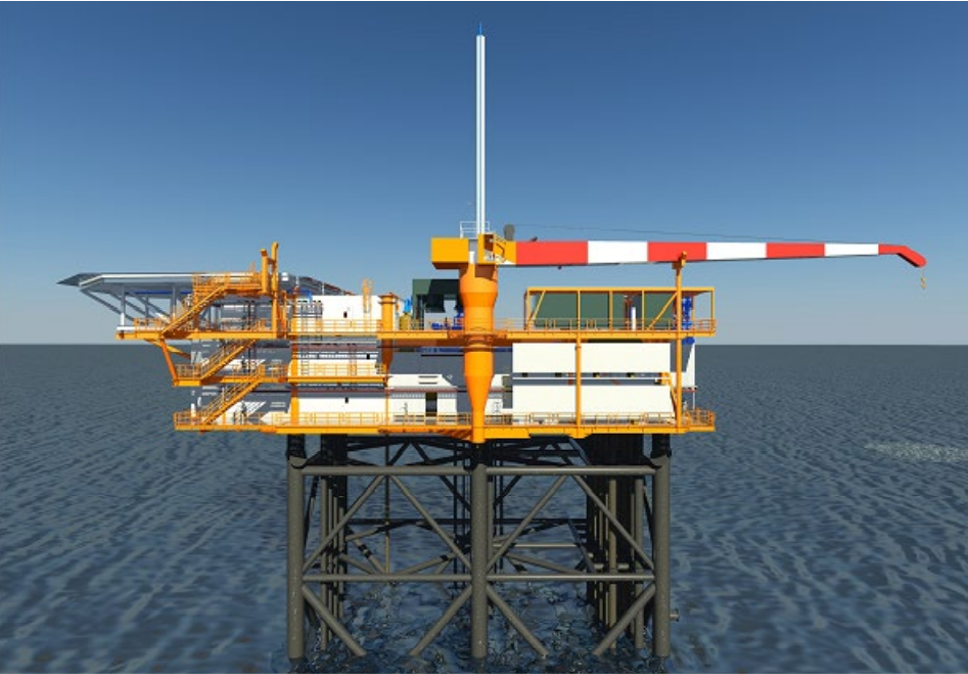Geologists is the Netherlands have speculated for a long time that the end of oil and gas production and exploration is near. Even in the 1980’s, when exploration and development drilling was at a much higher level than seen today, people speculated that natural resources would all soon run out.
We took a look at drilling activity over the past 10 years to investigate how “true” this statement currently is. We also compared wells drilled for oil and gas with numbers of wells drilled for geothermal heat production in order to shed light on this aspect of the energy transition.

2014-2015 crash
Looking at the graph and having in mind the oil price crash in 2014-2015, the number of hydrocarbon wells drilled in the Netherlands shows an expected drop around the same time. Development drilling carries on a little longer into the downturn, which is not a real surprise given the lag time between planning and actual drilling.
A clear positive anomaly in the number of development wells in 2010 and 2011 can be explained by the redevelopment – through steam injection – of the Schoonebeek oil field in the NE part of the Netherlands. NAM drilled a total of 32 production wells in these years. The steam injectors drilled at the same time have not been included in the numbers.
Lack of exploratory drilling
A clear difference between the Dutch sector and for instance the UK and Norway is that the number of hydrocarbon exploration wells remains depressed in the years of gradual oil price rise in 2017-2019. Where exploratory drilling did pick up in the UK and Norway, it seems that there is no such trend in the Netherlands. This is probably caused by a combination of factors.
First, the Netherlands is mostly a gas-producing country, and gas prices have not seen a steady price rise as oil saw in the 2016-2019 window. Second, the Dutch sector is heavily dominated by one petroleum system, which is the Upper Permian Rotliegend gas play. This play is more mature in terms of exploration than the Norwegian and UK Northern and especially Central North seas where a wider variety of plays is being pursued.
The third reason for the lack of exploration drilling activity is the increased public scrutiny of especially onshore activity. This may have caused the delay of some onshore projects. The decision to cease production from the giant onshore Groningen field is a prime example of this phenomenon.
The number of appraisal wells drilled also saw a moderate increase up to 2015, but fell off a cliff in 2016 and has only recovered to a very modest extent. Last year saw a “record” of post-2015 appraisal wells drilled; three, but not a single one this year. In addition to a gas price effect, it may also be caused by a trend towards smaller finds where fields are moved from discovery straight to development.
Geothermal wells
So, whilst the numbers of hydrocarbon wells have shown a clear drop in the Dutch sector, drilling for deep geothermal reservoirs has increased significantly. In 2017 and 2018, the number of wells drilled for water production even exceeded the number of hydrocarbon development wells. Although 2019 saw a dip in geothermal drilling, 2020 has seen a recovery so far. With more projects coming up, it looks as if geothermal drilling becomes the key player in terms of subsurface exploration.
To conclude
With an oil and gas price that nobody can accurately predict, and the notion that even in a mature area as the Netherlands the appetite for exploration will resume once prices are on the up, it would be too early for call it a day for hydrocarbon exploration. Yes, circumstances have changed and things have become tighter in many ways, but there is also the awareness that domestic gas production is still more environmentally friendly than importing it from elsewhere.
HENK KOMBRINK
Data included/excluded in the graph:
- Both onshore and offshore wells are shown;
- Removed observation wells (8 wells);
- Removed gas storage wells (24 wells);
- Removed injection wells (31 wells, the majority of those are injection wells for the Schoonebeek field);
- Removed salt development and exploration wells (63 wells);
- Numbers include side-tracks and technical failures;
- Geothermal exploration and development wells are taken together.





